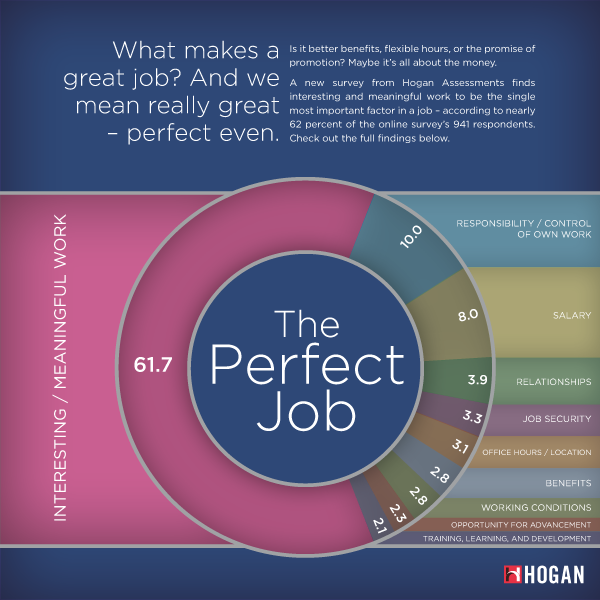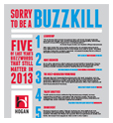In the past few weeks, I’ve noticed a focus around corporate culture in many of my typical news sources – Fast Company, Fortune, Talent Management Magazine, and Harvard Business Review’s Blog. I’m sure the recent changes in Yahoo’s and Best Buy’s corporate work-from-home policies sparked the heated debates around corporate culture. Many of the discussions center around the impact these culture changes may have on the employees’ engagement, satisfaction, and overall commitment to the company. As covered in the New York Times, Yahoo explained the workplace policy change was made in an effort to boost employee morale. I’m not here to discuss whether this type of culture change was right or wrong, as I believe an argument for both is easily found in the media already.
However, it does have me thinking about how corporate culture affects employee engagement in general. A Gallup poll showed that more than 71% of Americans aren’t engaged in their jobs. We at Hogan believe this is more often a result of failed leadership or a bad boss, which Ryan Ross explains in an article by Adrienne Hedger and Dr. Robert Hogan discusses in “Why Engagement Matters.” I would argue that employee engagement is connected to organizational culture as well.
Perhaps the high rate of employee disengagement is a result of shifting views of how work environments should be structured. Companies are attempting to mitigate low employee engagement by creating a unique environment. We’re seeing examples of how top performing companies, especially those on the Fortune's “Best Places To Work” list, create a culture where employees want to be at work. Casual dress codes, free food, on-site gyms, ping-pong tables, pet-friendly policies, and many other non-traditional benefits are found in these types of cultures. Not surprisingly, Google is ranked as the #1 Best Place to Work by Forbes.
Of course, not all companies can provide what Google does in terms of free benefits. Fortunately, people want to work at places like Google for reasons besides the free food and rooms full of Legos. Fast Company’s recent article highlights how Google deliberately designs workplace satisfaction, not just around incredible perks, but also by creating a corporate culture that provides freedom, mutual respect, and transparency for all employees. According to the article, Google empowers its employees to have a say in topics ranging from how the company is run to the new design of its company-provided bicycles. This underlying philosophy of empowerment and transparency is the most attractive aspect of corporate culture, and the easiest to emulate.
As more companies begin to make the shift to a flat organizational structure, I bet employee engagement rates will also increase. Only time will tell.


 Talk of personal branding on social platforms is rampant. Rarely, however is there mention of how a personal brand can affect engagement at work.
Talk of personal branding on social platforms is rampant. Rarely, however is there mention of how a personal brand can affect engagement at work.


 In a
In a  After seven seasons playing the wacky, yet lovable Michael Scott on NBC’s hit series, “
After seven seasons playing the wacky, yet lovable Michael Scott on NBC’s hit series, “